Creating Meaningful Experiences on the BikeOver the past 9 weeks, the grade 5 students at Gardens Elementary School took part in an intensive cycling unit that began with the students identifying how challenging different types of riding can be for them. We felt that starting the unit off with getting the students to reflect on their own level of skill was a great place to begin as it would ultimately set in motion a path of self-directed learning that is based on students finding their own entry point into the unit itself. Some of the challenges that they came up with can be seen in the photo below. Using various types of assessment strategies, we had the students practice the skills that they felt they needed to work on to become more competent cyclists in our community. Once we had a good feel for what each student’s entry point to learning was in this unit, we purposely introduced a self-assessment strategy called the ‘challenge scale’. Using a 1-10 rating, the students would self-assess themselves each class in relation to how challenging a particular task (of their choice) was for them. The aim here was to help them understand that finding the ‘just right’ challenge zone (a 6-8 on the challenge scale) would give them the greatest opportunity to not only develop their skills, but to also create opportunities for them to set their own challenges based on knowing themselves as learners and their skill ability. See the photo below of different ways that we used this self-assessment strategy throughout our unit. The last few weeks of this unit, we felt the students were ready to go riding out into our community and wanted to show them what was possible for them in regards to different types of cycling challenges. As we are situated in the middle of a desert area, we decided to access different sand and dirt areas for adventure riding. We had all the students try this out for one class, but during this class, if they felt that riding in sand and dirt was too challenging for them, we would differentiate accordingly by giving them the opportunity to ride on paved roads and in parking lots and create different challenges for themselves. Those that chose to ride on paved roads or in parking lots did so with an intentional purpose –– practicing road signals, practicing tight turns while maintaining balance etc. As the unit progressed, we introduced the students to more and more challenges in order to offer more options to them. As we have some different types of small dirt and sand hills of varying steepness, we showed them these areas which are about 5 minutes from our school. The students seemed to really enjoy riding on these hills. This was not based on a hunch, but through interviewing them, they expressed, on multiple occasions, how much they enjoyed cycling in these areas. However, there were still some students that preferred riding on paved roads and in parking lots. Unit Finale As we approached the last class, we handed ownership over to the students to create a journey of their choice that they wanted to embark on. The classroom teacher was great in offering up extra time for the students to use for this final class. In total we had roughly 2 hours. The students were responsible for forming their own groups and deciding what it was that they wanted to do the most. We knew that we would need extra adult supervision, so lined up a few teachers to join us on this day. The types of adventures selected were: Riding to a local restaurant, getting takeaway then going on a long bike ride and having a picnic lunch. Getting takeaway and then riding to the sand and dirt area to have races and make a small ramp to jump. Going for a long ride through different parks and have a picnic. Going to the skate park and doing some simple and easy stunt riding on bicycles then have a picnic. Each group of students were responsible for time management and organizing costs associated with ordering takeaway and logistics involved in ordering lunch and picking it up. They used math time to look at distances that they would ride and the timing involved in getting back to school before the end of the day. See the photos and videos below of some of the adventures the students chose to design and take part in. As a final assessment, we felt that it was important to get them to reflect on their biggest learning in the unit, their proudest moment, how the challenge scale impacted them, and how they took action in regards to cycling when they were not in school or in PE. You can see some of their reflections below. In moving forward, we are starting a team games unit this week. Our plan is to begin this unit at school, but then get the students back on their bikes to ride to different parks in our community where they can play team games of their choice. We feel that we can continue cycling with a particular focus on riding for safety in the community when they go out to different parks to play team games. Hopefully the learning will continue in regards to cycling despite the shift over to team games.
Some of you reading may think that it’s impossible to have a cycling unit in PE as there is no access to parks and other types of adventure riding outside of your school. However, instead of looking at it like this, what if you were to think of what was possible with a cycling unit at your own school? Are there possibilities to design race courses and to create obstacle courses on the school grounds? What might be possible? It is our fundamental belief that cycling is a lifelong skill and has a very important part in a PE program. Providing the opportunities for students to develop their competence and find a joy of cycling is our ultimate aim. Although there are many logistics involved in setting up a unit such as this, it is well worth the effort. If you are interested in knowing more, send me a message and I’m happy to share how we set up this unit. Thanks for reading!
3 Comments
“FOOPO, Fear Of Other People’s Opinions”
~Michael Gervais There are people in the world who care about everybody’s opinion of them, both personally and professionally. On the flip side, there are people who have a “I don’t give a shit attitude about what anyone thinks”. In both cases, this is extreme thinking because on one hand, being overly consumed with what everyone thinks about us or our work crushes any hope we have of living authentically and truly being ourselves. When we do not live authentically, it’s impossible to produce our best work and to make the difference that we are meant to make in the world. Not caring about what anyone thinks is the opposite and negates the fact that, neuro-biologically, we are indeed programmed to care about what people think. It's built deeply within us. So, having the attitude that “I don’t care about what anyone thinks”, removes any possibility of deep human connection with those that truly do matter to us. We need others to make us better at what we do, there is no doubt about this, but finding that delicate balance between caring about what people think and not caring about what people think is an important strategy to be at our best, both personally and professionally. I recently listened to a great Finding Mastery podcast where the host of the show, Dr. Michael Gervais interviews well-known author and speaker, Dr. Brene Brown. Brene’s work has been influential to me both personally and professionally. In this episode, Brene shares her one inch by one inch strategy which is meant to challenge people to genuinely think about people in their lives whose opinions truly matter to us. People who challenge us to be our best and whose opinions/feedback we need in order to continue to grow and learn. Now, the hard part is to truly filter and distill your list down to a handful of people. Using a one inch by inch square shaped piece of paper, your job is to write down the names of those people within this square inch of space. As Brene says, you will not be able to fit too many people’s names on this card, so be specific. It is a very interesting strategy that has me thinking about who I would write down on this list. I think that it is OK to have two cards, one for our personal lives and one for our professional lives. Perhaps, there will be some overlap, who knows. When I think of my own personal and professional pursuits, there are people who I turn to for advice and to seek their opinions and feedback about my work and my life. It's these people who genuinely matter to me. However, it can be easy to be consumed, at times, with worry about what other people think of me or my work. I think that the act of trying to distill our lists down to a handful of people whose opinions and feedback truly matter is worthy of exploration. It's one thing to create this list, but an entirely different ball game trying to put it into action in our lives. This certainly has me reflecting and thinking about my list. So………if you had a one-inch square piece of paper, whose names would you write down? It’s not as easy as it sounds! Good luck to you if you are going to give this strategy a go! |
AuthorKAUST Faculty, Pedagogical Coach. Presenter & Workshop Leader.IB Educator. #RunYourLife podcast host. Archives
September 2022
|
- Welcome
- All Things Teaching and Learning
- The Aligned Leader Blog
- Consulting and Coaching Opportunities
- My TED X Talk
- My Leadership Blog
- Run Your Life Podcast Series
- How PYP PE with Andy Has Helped Others
- Good Teaching is L.I.F.E
- The Sportfolio
- Example Assessment Tasks
- PYP Attitude Posters (printable)
- Publications
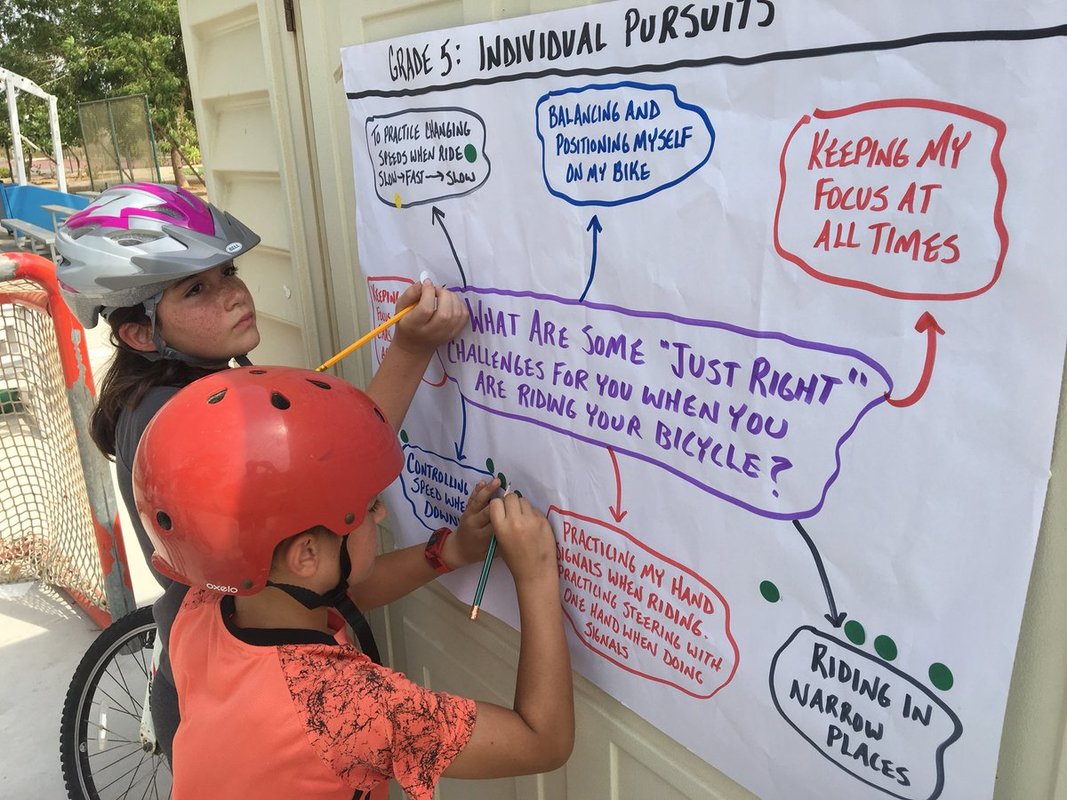
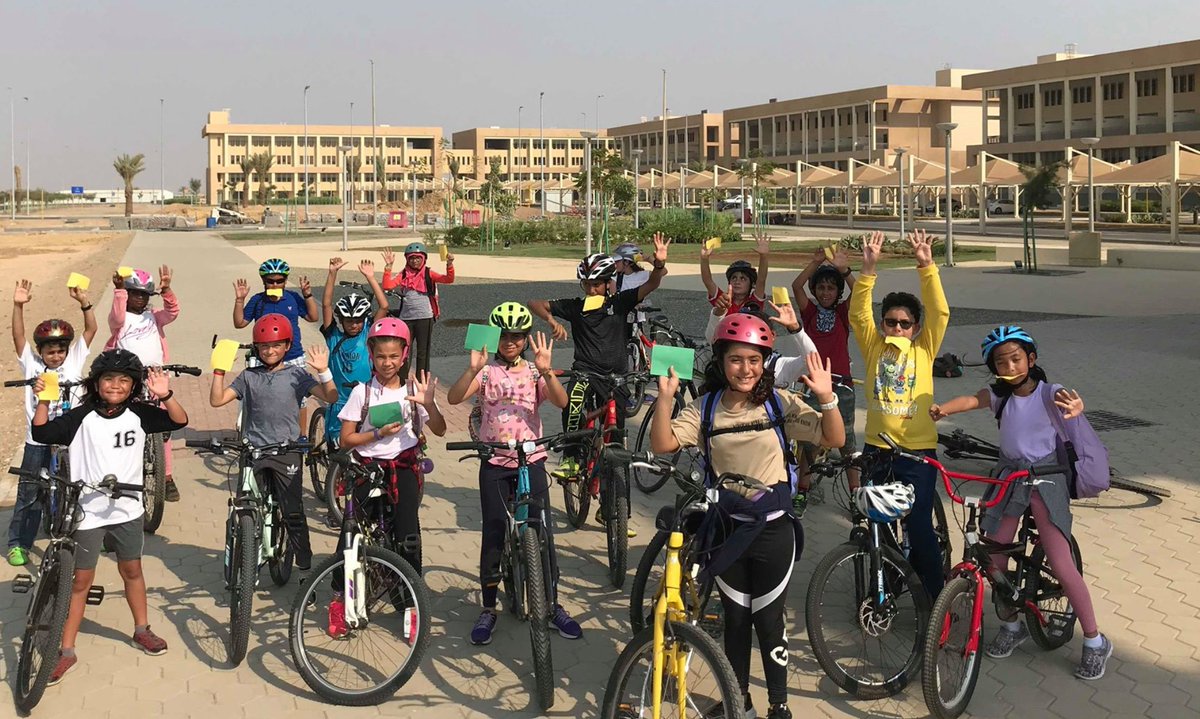

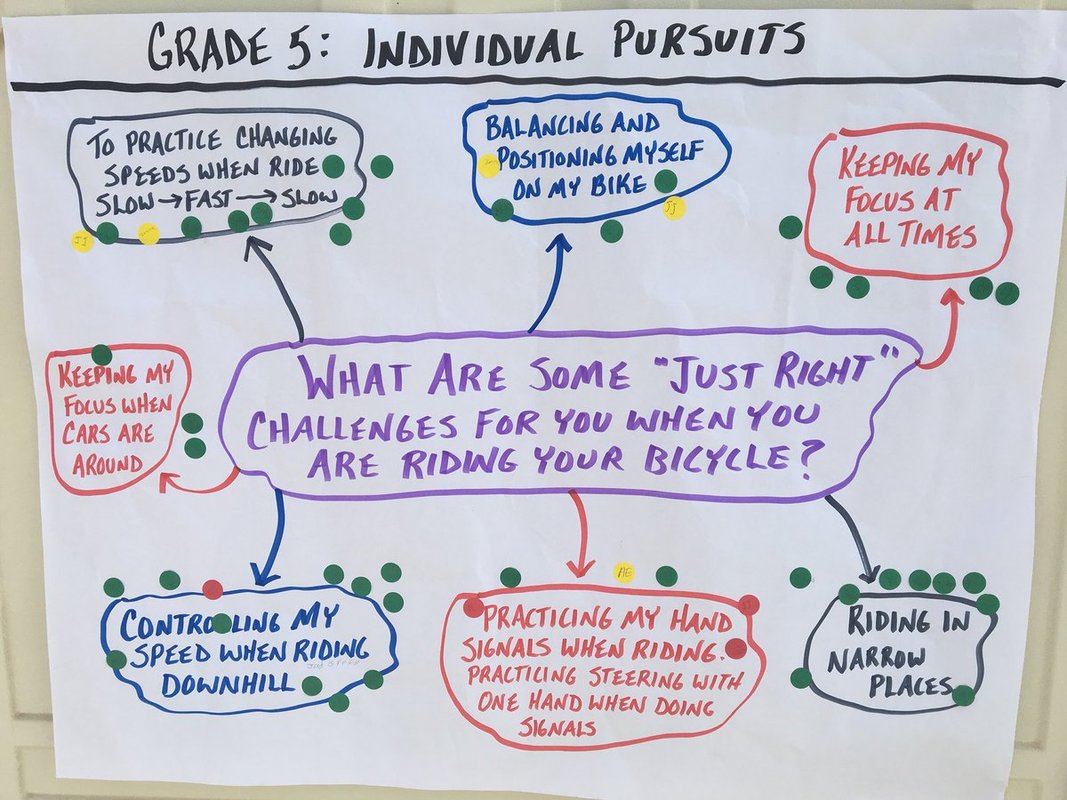
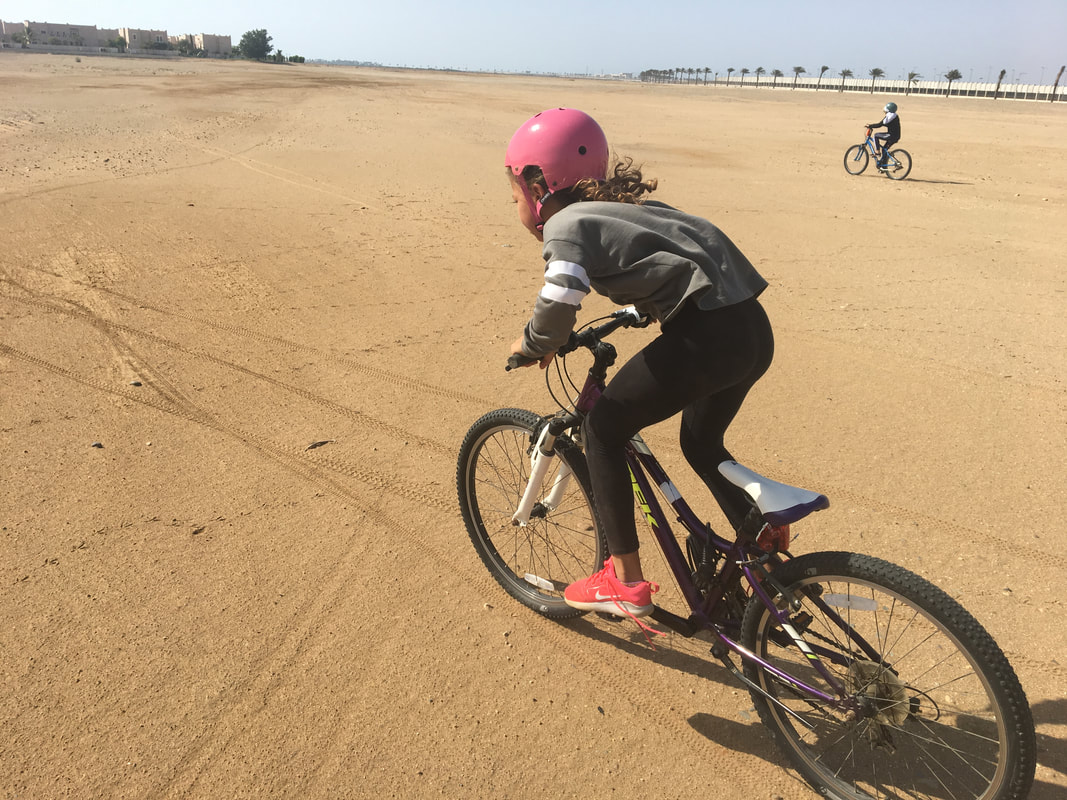
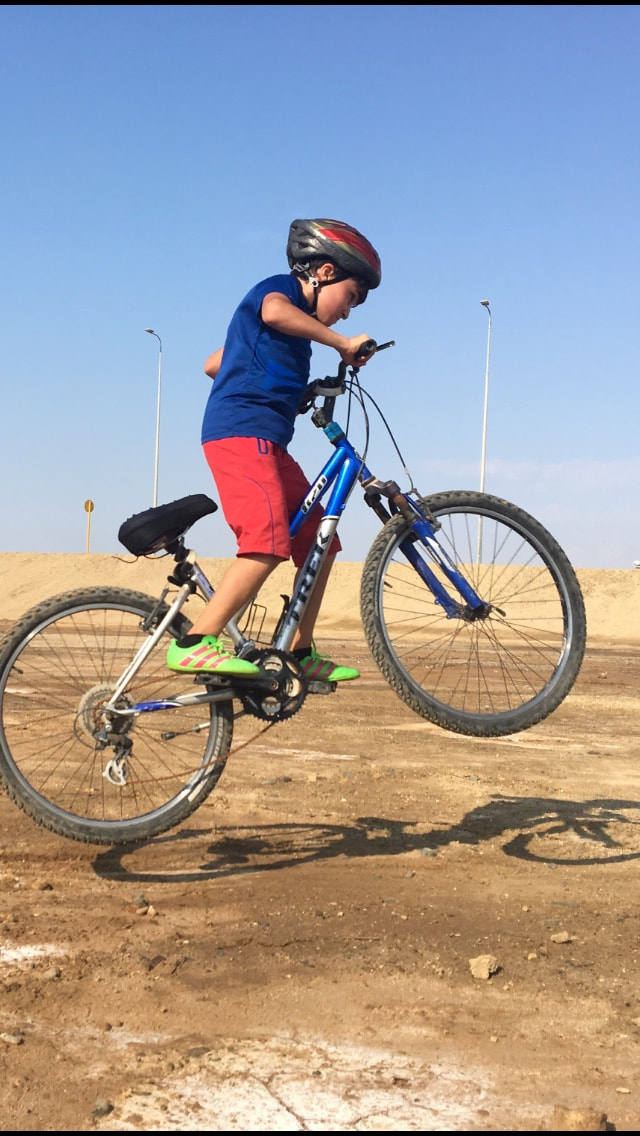
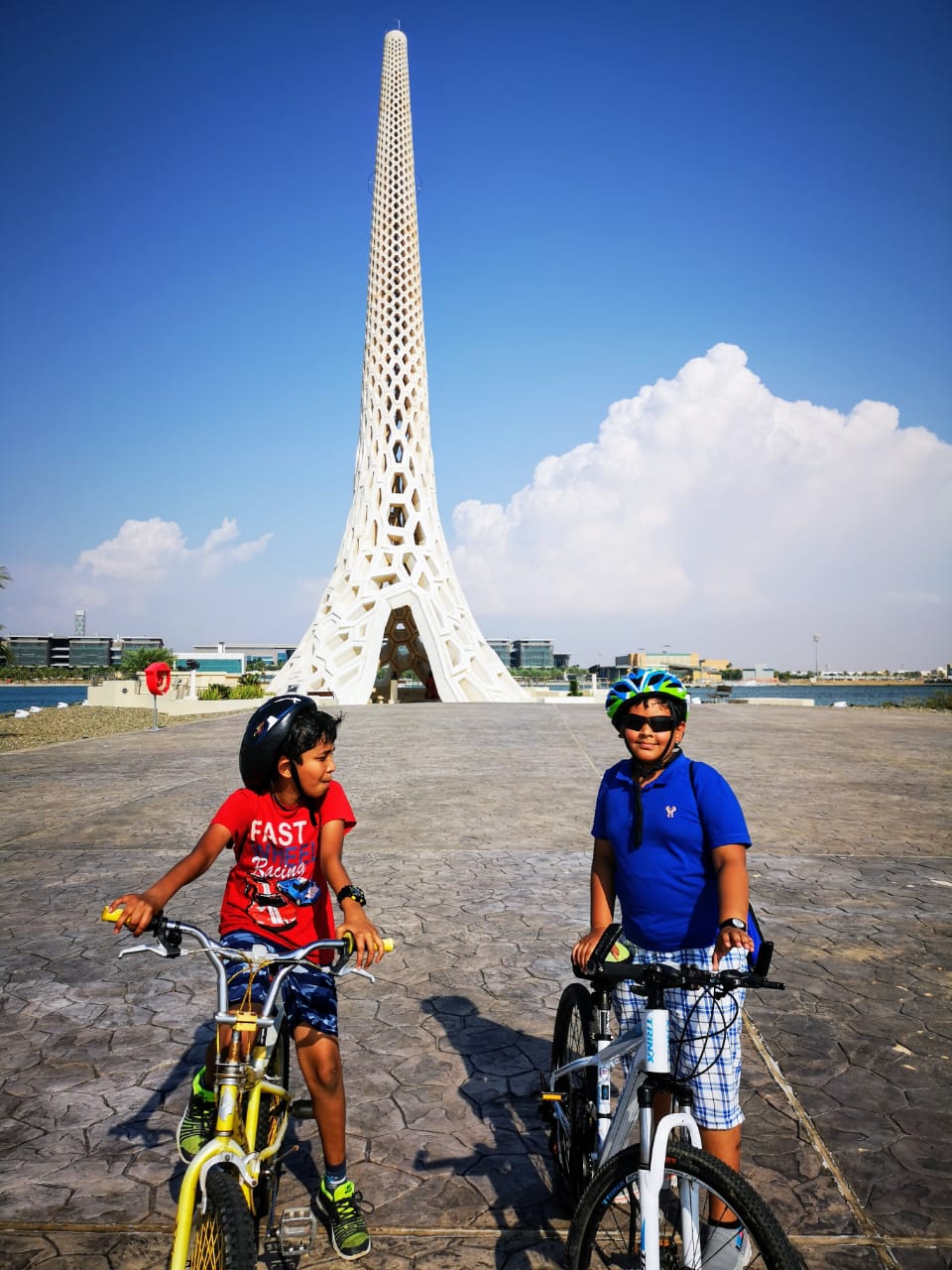
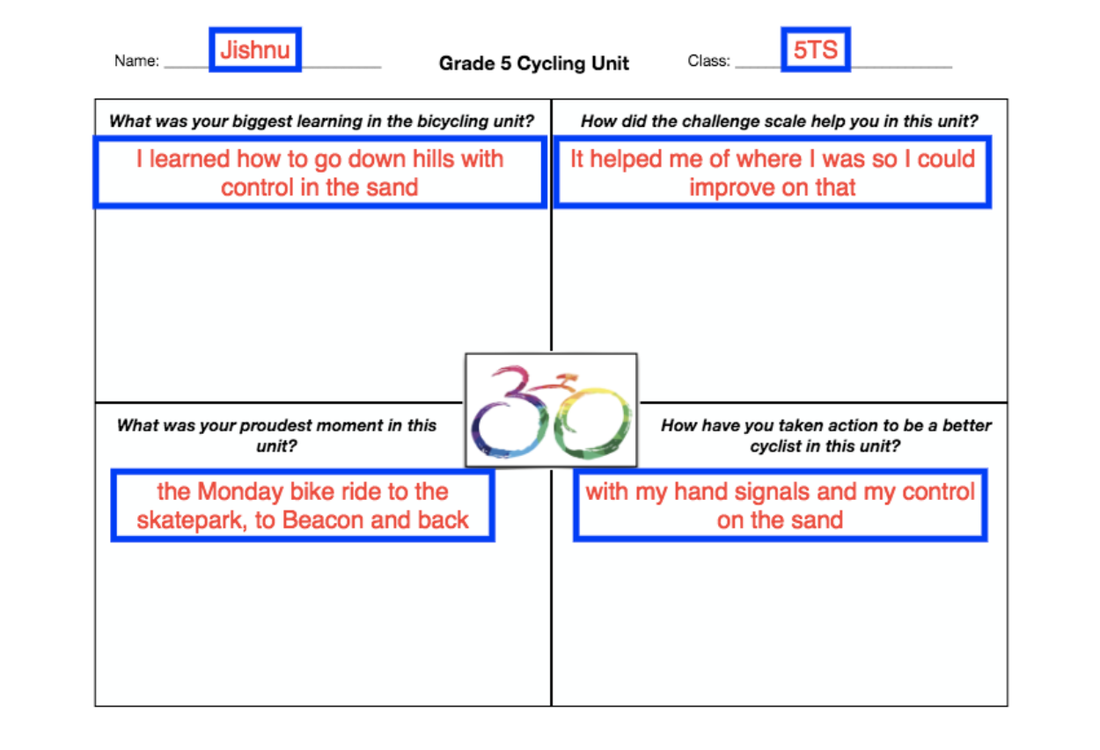
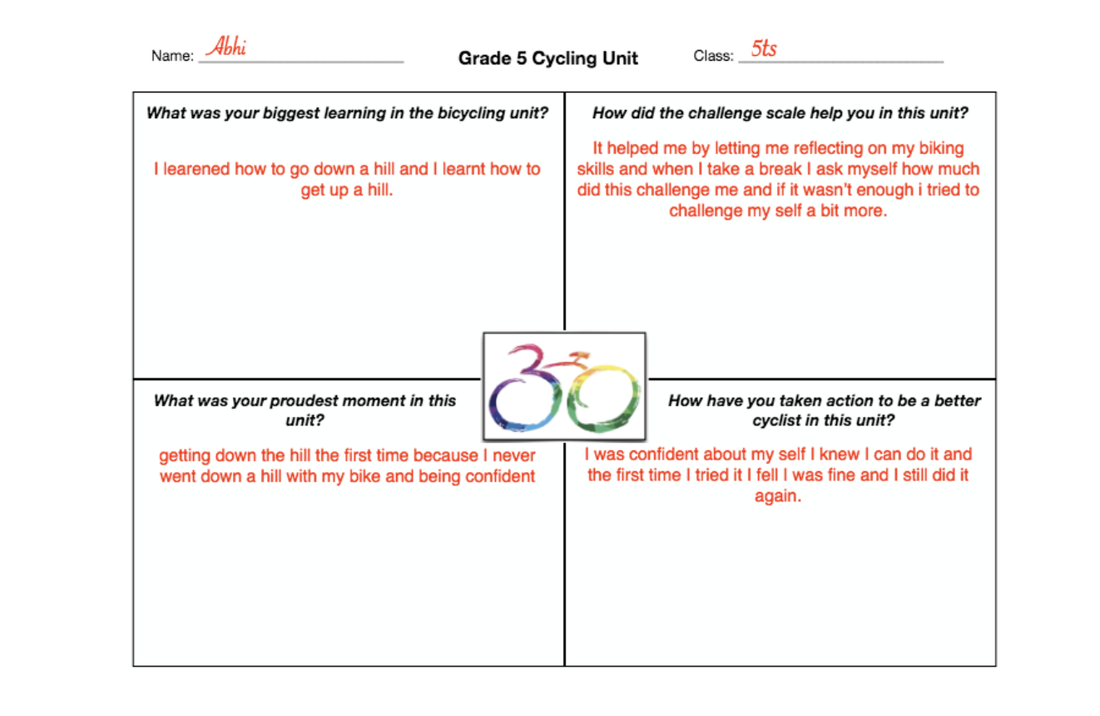
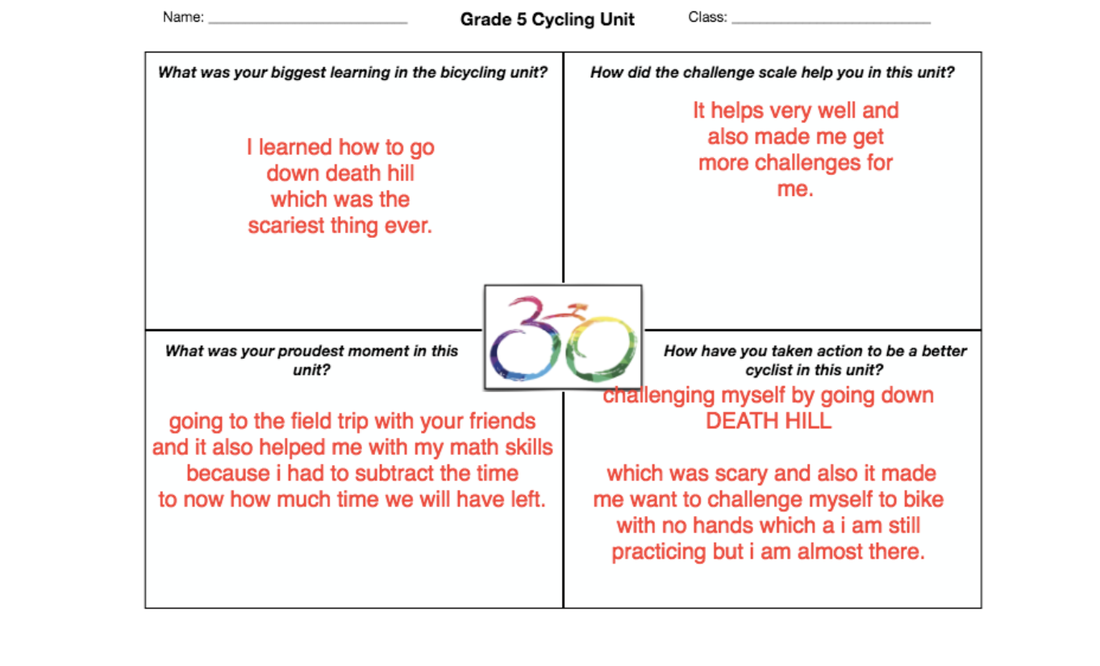
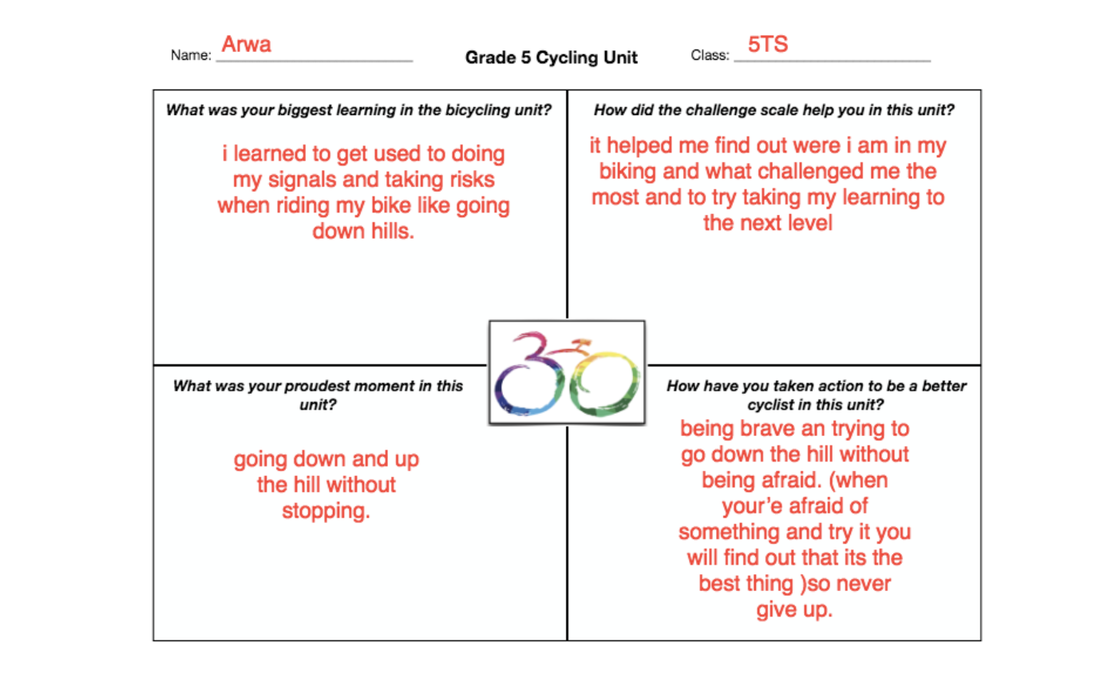
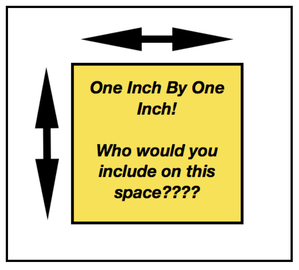
 RSS Feed
RSS Feed
